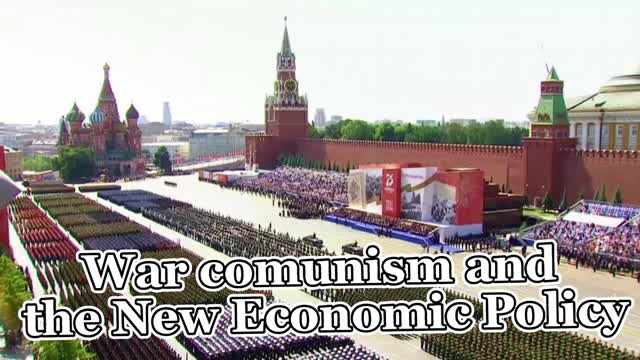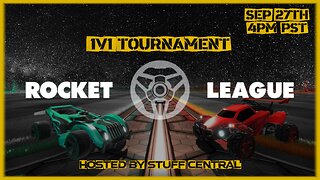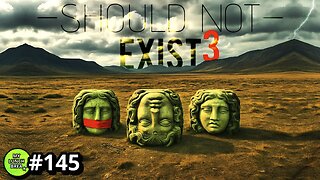Premium Only Content

Creation of the Soviet Union part-2 | War comunism and the New Economic Policy
War comunism and the New Economic Policy
The period from the consolidation of the Bolshevik Revolution in 1917 until 1921 is known as the period of war communism. Banks, railroads, and shipping were nationalized and the money economy was restricted. Strong opposition soon developed. The peasants wanted cash payments for their products and resented having to surrender their surplus grain to the government as a part of its civil war policies. Confronted with peasant opposition, Lenin began a strategic retreat from war communism known as the New Economic Policy (NEP). The peasants were freed from wholesale levies of grain and allowed to sell their surplus produce in the open market. Commerce was stimulated by permitting private retail trading. The state continued to be responsible for banking, transportation, heavy industry, and public utilities.
Although the left opposition among the Communists criticized the rich peasants or kulaks, who benefited from the NEP, the program proved highly beneficial and the economy revived. The NEP would later come under increasing opposition from within the party following Lenin's death in early 1924.
-
 LIVE
LIVE
putther
1 hour ago $0.53 earned⭐ Bounty Hunting on GTA Online & GTA 5 RP ❗
138 watching -
 LIVE
LIVE
StuffCentral
2 hours agoBad Company Presents: Ball in the fall, Two 1v1 cash prize tournaments back to back!
95 watching -
 LIVE
LIVE
Midnight In The Mountains™
2 hours agoGaming w/ Gaming w/ PER·SE·VER·ANCE | Family Event OVER EARLY! | Midnights Split Stream!
18 watching -
 LIVE
LIVE
Mally_Mouse
6 days ago🌶️ 🥵Spicy BITE Saturday!! 🥵🌶️- Let's Play: Unrailed 2!
131 watching -
 23:53
23:53
MYLUNCHBREAK CHANNEL PAGE
22 hours agoIstanbul SHOULD NOT Exist - Pt 3
30K15 -
 LIVE
LIVE
BigTallRedneck
6 hours agoROCKET LEAGUE - STUFF CENTRAL'S 1V1 TOURNEY
111 watching -
 LIVE
LIVE
Phyxicx
2 hours agoRocket League 1v1 Tournament hosted by StuffCentral - 9/27/2025
18 watching -
 3:04:24
3:04:24
Barry Cunningham
7 hours agoPRESIDENT TRUMP HAS LAUNCHED HIS OPERATION TO TAKE DOWN THE DEEP STATE! ARE YOU READY?
69.4K95 -
 LIVE
LIVE
The Sufari Hub
1 hour ago🔴LIVE - THE BIG TRIP - DAY 3 - GOING TO BASSLAKE
8 watching -
 1:18:05
1:18:05
Jeff Ahern
6 hours ago $4.98 earnedThe Saturday Show with Jeff Ahern
37.5K6